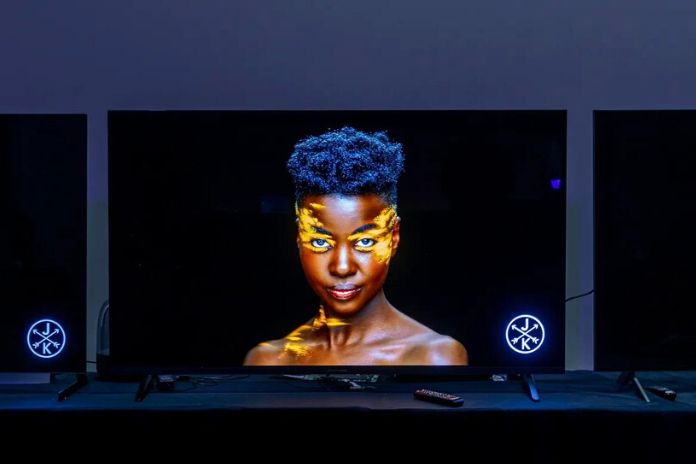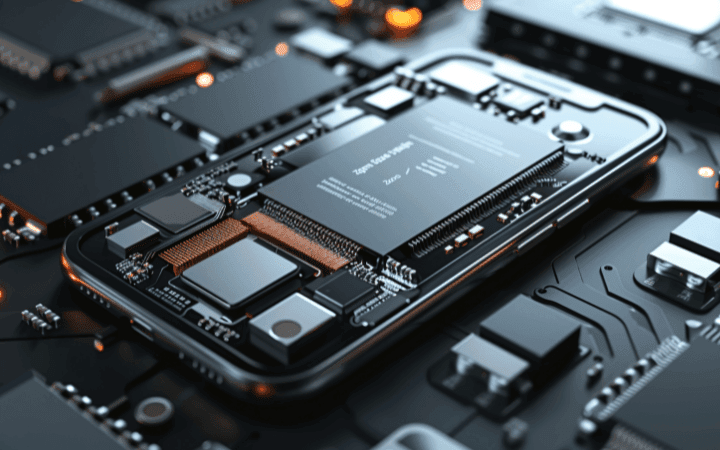QD-OLED & MicroLED: The New Technologies Of The TV Market

QD-OLED and MicroLED represent two new-generation technologies dedicated to the TV sector. Let’s find out how they work in this guide. Finding your way around the TV market may not be easy, especially if you are planning to buy a new set. This is because the sector’s rapid evolution has prompted manufacturers such as LG, Samsung, and Sony to develop a series of proprietary technologies with very similar characteristics, making a choice more difficult for the end user.
LCD, OLED, LED, and QLED are just some of the types of TVs on the market today, to which the QD-OLED and MicroLED variants on which we intend to focus have also recently been added. The abbreviations QD-OLED and MicroLED indicate two new image reproduction systems designed to return a cinematic experience in the living room and ready to conquer an increasing slice of buyers. In this guide, we will compare the two formats, examining the main features and all the benefits each technology brings home entertainment.
QD-OLED Technology
QD-OLED Technology: What Is It?
The QD-OLED system combines Quantum Dot technology with the versatility of OLED panels to obtain displays with brilliant colors and brightness far superior to LCD technology. Specifically, a QD-OLED TV comprises a layered structure: the first layer comprises an OLED panel with blue light pixels capable of turning off or on individually. The light is then filtered by a second panel equipped with Quantum Dot technology, placed above the OLED, and used to recreate red and green colors. The combination of these elements offers realistic colors and images with more detail when compared to LCD TVs.
QD-OLED Technology: Advantages
Among the advantages of the QD-OLED technology is a marked improvement in the viewing angle, maintaining an unchanged image quality and uniform brightness with an inclination of up to 60 °. Also worth noting is an increase in the contrast ratio, with bold blacks and greater emphasis on details. In addition, the QD-OLED technology optimizes exposure to blue light, bringing emissions considered harmful to 14% and ensuring faster response times during playback. This element makes them ideal for gaming.
One of the first manufacturers to launch a line of QD-OLED TVs is Sony with the A95K series. There are two models, 55″ and 65 “, equipped with 4K resolution, and a Google TV system available at around 2,100 euros. Samsung is also present with the S95B TV line, which has arrived on the market more recently. The available sizes are the same, 55 and 65 inches, adding 4K resolution, the Tizen platform, and compatibility with Google and Alexa assistants. The starting price is around 1,500 euros.
MicroLED
MicroLED technology: What Is It?
This technology is nothing new for the TV industry. Its official debut was in 2012 when Sony unveiled its first 55-inch prototype with Full HD resolution at CES in Las Vegas for demonstration purposes only. In 2018 it was Samsung’s turn with the “The Wall” model, with a generous size of 146 inches. However, to witness the launch of the first TVs intended for sale to the public, we will have to wait until the autumn of 2021, when Samsung is again presenting an entire line of televisions with this technology on board.
But what is the operation of a MicroLED TV? To understand how the MicroLED system works, it is enough to divide the image displayed on the TV into many pixels: each pixel – several million for a 4K resolution TV – is, in turn, made up of three micro LEDs that light up independently, respectively with the colors blue, red and green, forming all the necessary shades when playing.
MicroLED Technology: Advantages
The term “micro” indicates the size of the LEDs used, equivalent to a few microns. Through a capillary control on each LED, this new technology can return images with solid colors and a brightness level up to 10 times higher than the OLED counterpart. A further advantage over OLED displays is the absence of organic materials inside the micro LEDs, a factor that ensures more excellent resistance of the pixels over time. The micro-LEDs can also turn off to recreate a perfect black on the screen and offer an excellent level of contrast even during the most demanding scenes.
MicroLED Technology: Disadvantages
At the moment, the MicroLED TVs remain a product reserved for a minimal slice of users due to the high production costs, which raise the final price to several thousand euros. Only Samsung currently has a series of MicroLED TVs in the pipeline, with diagonals from 110 to 79 inches, which could be available within the year with prices starting at 70,000 euros.
What Is The Best Technology?
Indicating which technology between QD-OLED and MicroLED is the best to adopt in the home is not so simple. Several factors need to be considered, including production costs and the level of maturity achieved by both systems. At present, the QD-OLED technology can undoubtedly offer the best value for money to users who want a high-performance TV with 4K resolution and access to the latest generation services. MicroLED can be considered a technology still in its infancy if you look at the consumer side, which is why large-scale sales will not happen in the short term. As already stressed, the main obstacle is represented by the production process, which requires a great effort and from which prices that even reach 100,000 euros derive. A sum that cuts off a large part of users and temporarily relegates MicroLED TVs to niche products.
Also Read: How 3D Product Animation Levels Up Brand Promotion






